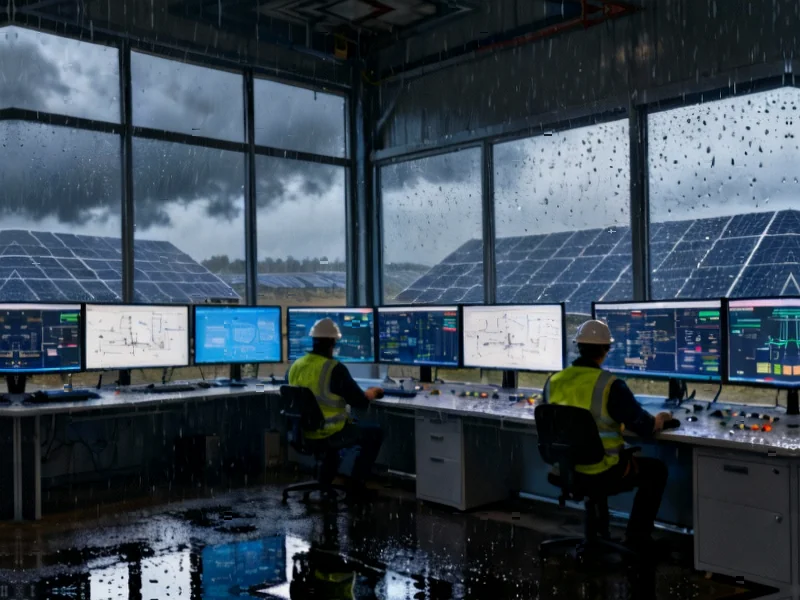According to Nature, researchers have developed a deep Q network framework that optimizes solar-integrated power systems for resilience during extreme weather events. The model minimizes total system costs while ensuring operational flexibility and meeting renewable energy targets, with computational advantages over traditional optimization methods. This approach represents a significant step forward in managing complex energy systems under climate uncertainty.
Table of Contents
Understanding the Optimization Challenge
The fundamental problem these researchers are tackling involves mathematical optimization at an unprecedented scale. Traditional power grid management relies on relatively straightforward linear programming, but climate change introduces nonlinear complexities that conventional models struggle to handle. The innovation here lies in applying reinforcement learning to what has traditionally been a deterministic optimization space. This shift acknowledges that future grid conditions cannot be perfectly predicted, especially with increasing frequency of extreme weather events that simultaneously impact both electricity demand and generation capacity.
Critical Analysis
While the computational advantages are impressive—0.12 seconds versus 18.5 seconds per decision—this speed comes at the cost of transparency. Deep Q networks function as black boxes, making it difficult for grid operators to understand why specific decisions are being recommended. In critical infrastructure where human oversight is mandatory, this lack of explainability could hinder adoption. The researchers acknowledge their model treats all load shedding equally, which fails to account for the reality that cutting power to a hospital has dramatically different consequences than cutting power to a commercial district.
The proposed solution for decision-making under uncertainty also faces the “garbage in, garbage out” problem common to AI systems. The model’s effectiveness depends entirely on the quality of climate projections and demand forecasts it receives. Given that climate models still struggle with regional precision and that demand response patterns are evolving with electrification, there’s substantial risk of optimization based on flawed assumptions.
Industry Impact
This research arrives as utilities face unprecedented pressure to maintain reliability while accelerating decarbonization. The ability to optimize for multiple objectives—cost, resilience, and renewable integration—could revolutionize how grid operators approach capacity planning. However, the transition from research to operational deployment faces significant hurdles. Most utility control systems run on decades-old technology stacks that cannot easily integrate machine learning models. Regulatory frameworks also typically require deterministic justification for reliability investments, which AI-driven recommendations struggle to provide.
The voltage and transmission constraints highlighted in the research point to a broader industry challenge: our existing grid infrastructure was designed for centralized, predictable generation. As we transition to distributed, weather-dependent resources, maintaining voltage stability becomes exponentially more complex. AI optimization could help manage this transition, but only if it can be trusted to operate within the physical limits of aging infrastructure.
Outlook
The most promising aspect of this research is its recognition that future grid optimization must balance competing objectives through sophisticated loss function design. The weighting factor analysis between cost and resilience represents a crucial step toward practical implementation. However, real-world deployment will require expanding this balancing act to include equity considerations, cybersecurity robustness, and interoperability with existing grid management systems.
Looking forward, we’re likely to see hybrid approaches that combine AI optimization with human oversight and traditional optimization methods. The 2.1% cost deviation noted in sensitivity analysis suggests that near-perfect accuracy might be less important than robust, explainable decision-making. As climate volatility increases, the value of systems that can adapt to unexpected conditions may outweigh the pursuit of mathematical perfection in controlled research environments.



